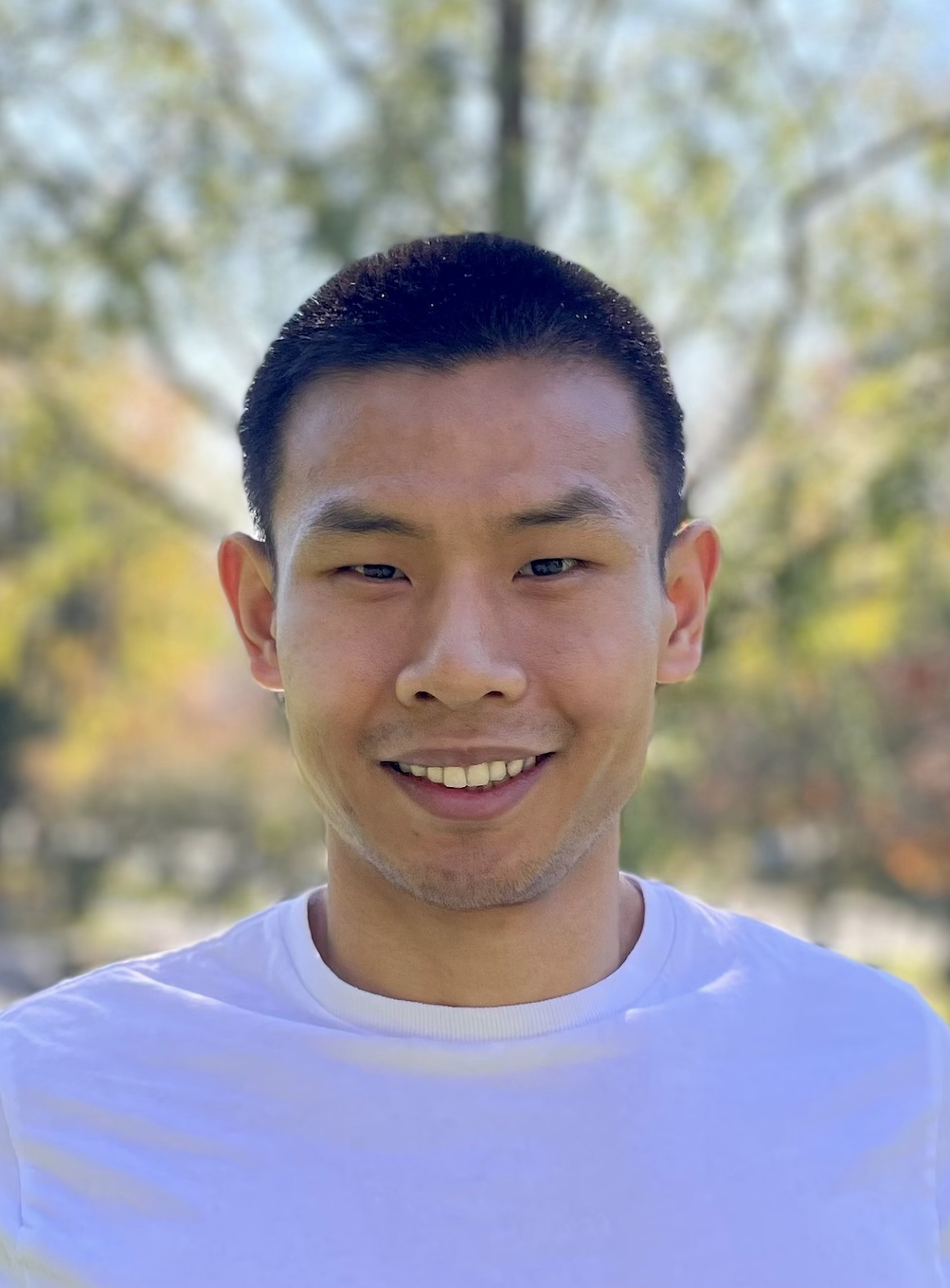Quan Guo
About me:
I am a Postdoc in Los Alamos National Lab (LANL). Before coming to LANL, I studied in Georgia Institute of Technology (Georgia Tech) where I obtained a Ph.D of Water Resource Engineering (advised by Prof. Jian Luo) and Masters of Environmental Engineering and Computational Science & Engineering.
What kind of person I am:
- Passionate cross-disciplinary researcher in Physics and Machine Learning, dedicated to utilizing AI and machine learning to solve scientific problems and construct digital twins.
- Python Research and Development (R&D) since 2018, and deeply committed to continuous learning for efficient continuous integration and continuous deployment (CI/CD).
- Combining traditional domain knowledge and statistical analysis with modern big data and AI to make robust, scaling and trustworthy predictive models.
Don’t hesitate to contact me:
- Email: qguo48@hotmail.com
Research interests:
I am a versatile researcher specializing in physics simulations and AI-driven analysis, with expertise in numerical modeling, machine learning, and inference. My work focuses on leveraging advanced deep learning models to address challenges in spatio-temporal modeling and geophysical inference, aiming to bridge the gap between computational methods and real-world applications. My research spans several key areas:
Scientific Machine Learning: Educating machine learning with physical knowledge to solve PDEs efficiently: physics informed neural networks, neural operators, etc.
Bayesian Optimization & Inference: Utilizing Bayesian and random fields to conduct dimensionality reduction and optimization for large-dimensional inverse problems.
Domain Generalization: Creating AI generative models to encode multiple distributions, supporting uncertainty quantification with broader prior assumptions.
Digital Twin: Developing Spark and Hadoop softwares for multi-source data assimilation and geospatial feature engineering Employing imaging and computer vision computer vision techniques to render invisible physical systems based on sensory data.
